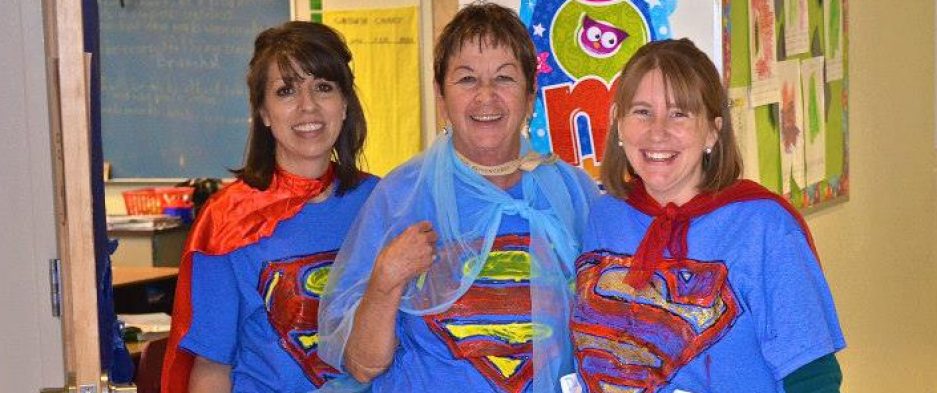This year I worked with two dynamic groups of educators working to affect change within education: The ASCD/National Board Teacher Impact Grants and the Network to Transform Teaching. I taught full-time as a second grade teacher, facilitated grant processes, acted as a Candidate Support Provider to NBCT candidates and attended national gatherings of inspirational educators. As I reflect on this journey, I categorize what I learned about Teacher Leadership into The Good, the Bad, the Ugly, and the Surprising.
The good:
Stepping onto a larger national stage affirmed one of my most deeply held beliefs: amazing teachers are working to improve schools—all across our nation. I can now match this belief with the names, faces, and stories of people I met. Feeling connected to these people empowered me to continue to work with my colleagues to make our school better for our students. Their ideas provided energy for our work in New Mexico.
Our grant project involved using videos to reflect on our instruction. With a strong team of leaders, we tackled the feelings of reluctance teachers have when challenged to share our practice. Along the way, we learned some lessons, laughed, and pushed each other to grow and learn. I will forever appreciate the strength and courage of my team who enthusiastically supported the project.
I learned new skills and felt the thrill of walking on the edge of failure all year. (To be truly honest, there were a few topples off the edge…but isn’t that learning?)
The bad/the ugly:
My 11-year-old daughter told me, “I think your hobby is having meetings because you are always in a meeting.” Mom, wife, teacher, grant facilitator, CSP, friend…There were times I wasn’t sure I could do it all (and I couldn’t…not really… not the way I wanted to). There were times I was sure I had done it wrong (and I had). My life listed out of balance as I tried to juggle the many roles, tasks, and emotional challenges I had committed to for the school year of 2016-2017.
What I learned: Don’t be afraid to ask for help. When I asked for help, my colleagues, friends and family members stepped up and helped out. I didn’t need to do it all by myself.
One persistent problem remained throughout the year. How do I teach my class of 17, 2nd graders and attend these invigorating national conferences? How do I continue to teach and complete the required grant paperwork? The role of teacher leader is both fulfilling, exciting, and overwhelming. Districts and school leaders need to explore ways to keep teacher leaders teaching successfully while also expanding their roles. Without some type of hybrid role, the romantic notion of leading from the classroom can crumble into a bit of chaos.
And The surprising:
TWITTER! When I learned I had to tweet and write blogs as a part of my quarterly deliverables for the ASCD TIG grant, I almost sent the money back. I had no desire to learn about twitter, but I am so glad I did. Working in a rural community in New Mexico, twitter opened up a whole realm of national discussions about education that had been going on- without me! If you’re looking to expand your horizons, try twitter. The most influential changes in my teaching this year came from twitter: Flipgrid and EdCamps. Both brought a refreshing breath of fun to my instruction.
Also, surprising… I survived, and you can too!

